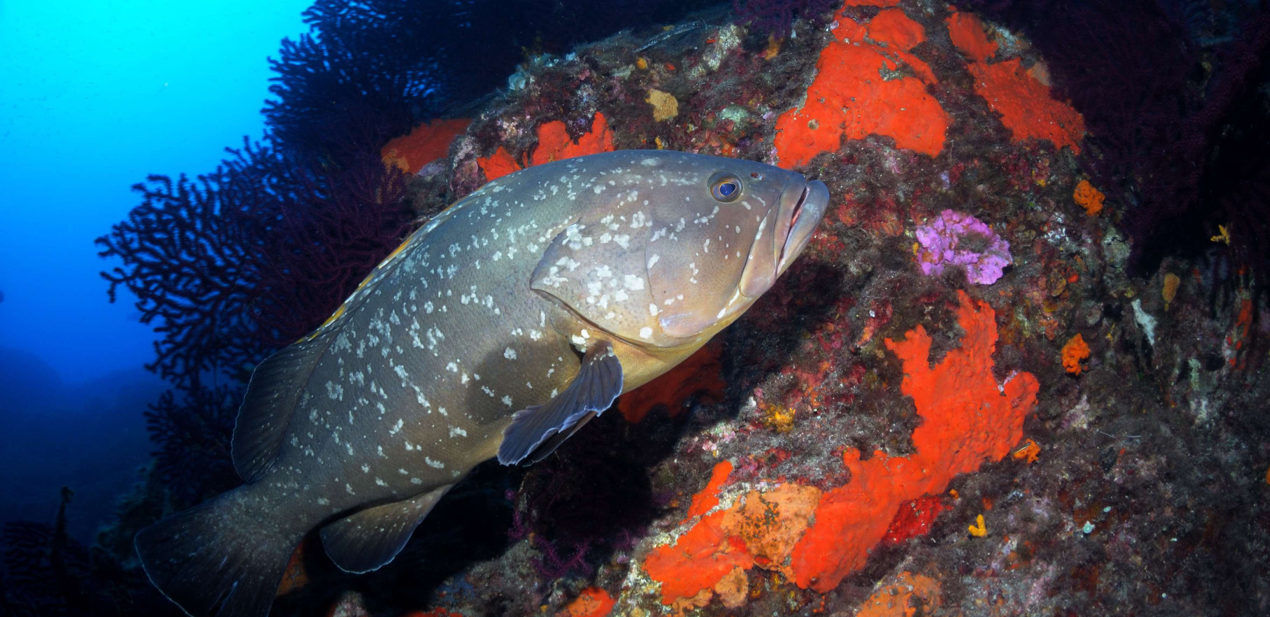
To mark World Environment Day, on Monday, June 5, the government has given details of its various initiatives within the Principality.
The Environment Directorate is responsible for the inventory and monitoring of marine and terrestrial species, which enable the assessment of ecosystem diversity, the quality of the environment and the relevance of management measures.
In regards to marine biodiversity, particular attention is paid to protected or heritage species, with: afollow-up, for more than 15 years, of the evolution of populations of brown groupers and corbs along the Monegasque coastline (193 brown groupers and 25 corbs recorded in 2015); a mapping of the giant mother-of-pearl that allowed to list more than 1,000 individuals and to monitor the dynamics of this population; a delimitation, using 48 beacons, in 2002, of all the lower limits of posidonia, making it possible to follow its evolution in the long term.
The Principality has also integrated the RESPIRE project, a new tool for monitoring the quality of ports in terms of biodiversity and the abundance of young. More than 40 artificial habitats called Biohut have been installed in the ports of Monaco by the Maritime Affairs Directorate since 2015. The objective is to develop their nursery functions and carry out scientific monitoring three times a year.
Programmes for the protection of terrestrial biodiversity also rely on the establishment of regular inventories. Various studies have made it possible to identify the fauna and flora and to discover, in particular, species of insects and rare invertebrates. The Principality is also home to 347 plant species including six endemic species and 18 with high heritage value. The Environment Directorate is following a particularly rare and threatened species – the Nivéole de Nice – which is present in the Principality.
The Rock has proved to be the refuge of a pair of peregrine falcons and its offspring. In 2011, three young peregrine falcons were spotted in one of the excavations overlooking the port of Fontvieille. The peregrine falcon is a protected and “protective” species with respect to certain invasive species. Its reproduction is a rare fact that testifies to good ecological conditions, necessary for this protected and emblematic species.
In 2015, the discovery of a successful nesting of the Mediterranean crested cormorant on the cliff of the Rock was the first official mention of the species in this sector of the Mediterranean coast. In the spring, the Environment Directorate confirmed the birth of six young crested cormorants. The population of crested cormorants on this site continues to grow with at least 15, and these new births confirm the good ecological status and the privileged nature of this natural site, representing an urban nesting site in a maritime cliff almost unique in its kind.
In order to bring young people closer to nature, the Directorate of Urban Development has been running, since 2011, a programme “Bees, sentinels of the environment”. The aim is to raise public awareness of the protection of this endangered species. Six hives and a number of insect hotels were installed in the Principality, reproducing the specific living areas of certain species, such as wild bees. These programs are made possible by the eco-management of green spaces and the creation of honey meadows by the Direction of Urban Development.
